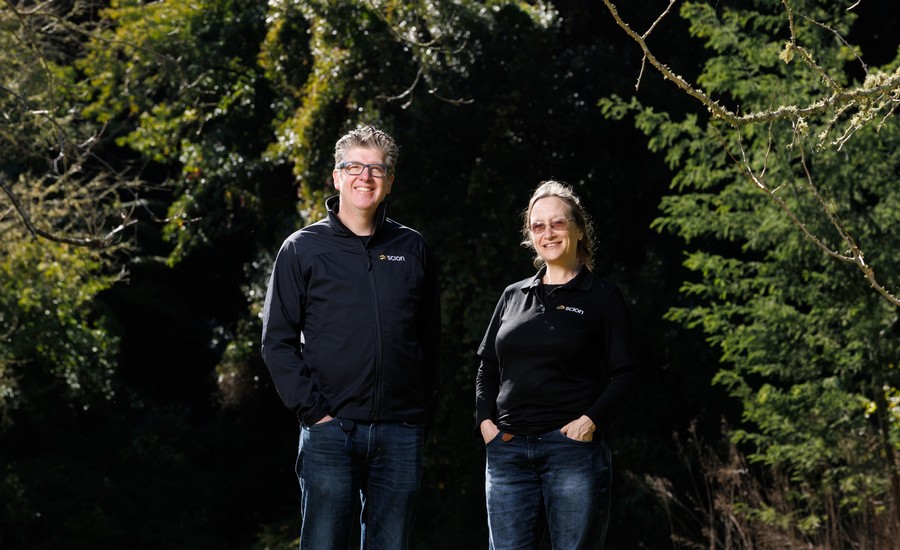Impact story: UAVs for pest control take off
In October this year we released our 2024 annual report, which showcased the significant impact our staff have delivered in the research, science and technology development space for the forestry, industrial biotechnology, and advanced manufacturing sectors.
We’re proud of what we’ve achieved, so we’re sharing some of those impact stories on our website over the holiday break – for your reading pleasure.
UAVs could be optimised and adopted for biosecurity incursion responses, and recent Scion research into accuracy and efficiency could improve license to operate in sensitive urban areas.
Why it matters
As climate change increases the risk of invasive pests reaching our shores and affecting New Zealand’s multibillion-dollar primary sector, more efficient urban biosecurity solutions are needed.
Fast and effective pest control is vital to prevent pest and pathogen establishment. Response time and accuracy could mean the difference between eradication and establishment.

Scion has been involved with pest incursion responses and field research in aerial spray methodology for decades looking for new, more targeted ways to tackle pest and insect outbreaks.
Recent work explored improving the effectiveness of unmanned aerial vehicles (UAVs) for spot spraying during biosecurity incursions, making pest control more targeted, safer and less invasive.
A two-year research project, funded by B3 (Better Border Biosecurity) and led by Scion’s Plant Protection Physics and Chemistry team-lead Dr Justin Nairn, identified a low-drift alternative spray method to improve spot spraying in higher wind conditions. The method involves using a larger, but less concentrated droplet reducing off-target drift.
With historic reluctance to spraying insecticides in urban environments, producing less off-target spray will improve license to operate in these areas. Ultimately the work improves target accuracy, reduces drift and widens suitable operational wind thresholds all while adding a new tool to the biosecurity toolbox.
As a result of the work, unmanned aerial vehicle sprayers will be optimised and adopted for biosecurity incursion responses where spot spraying is an option.
There is no one tool that will work in every situation so it’s important we maximise what’s in our toolbox to better tailor responses. This is a great example of adapting existing technology into an applied biosecurity tool.
In aligned research Scion social scientist Dr Andrea Grant explored the social and cultural considerations of UAV spraying including public perception, social issues, and safety and ethics.
Grant and her collaborators also held a co-design workshop where participants noted the role for mātauranga Māori and the need to work with Māori alongside key agencies. Using UAVs for pest control is growing quickly as operational limitations like cost, weight and flight time are reducing as technology advances. Their use avoids the use of imposing aircraft.
